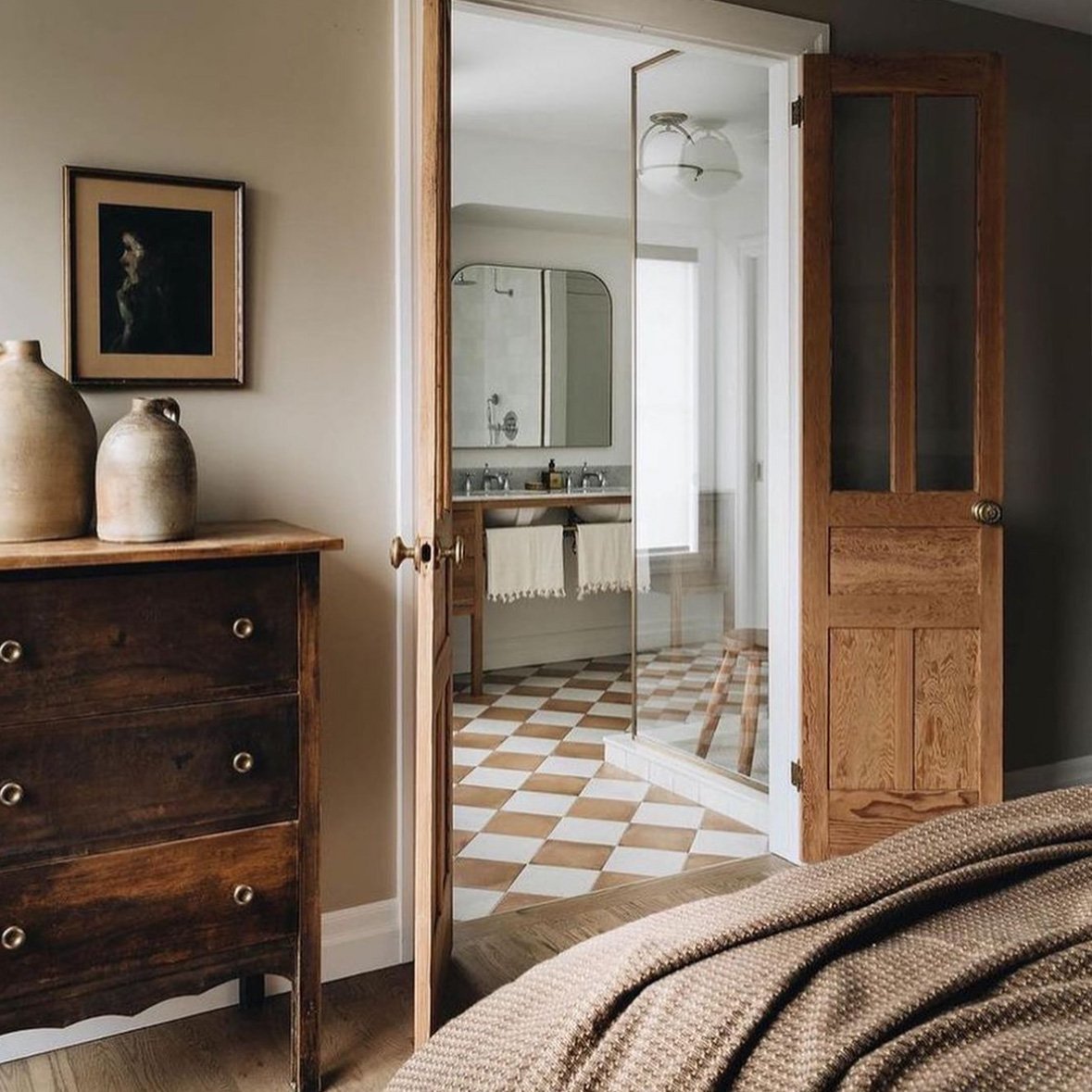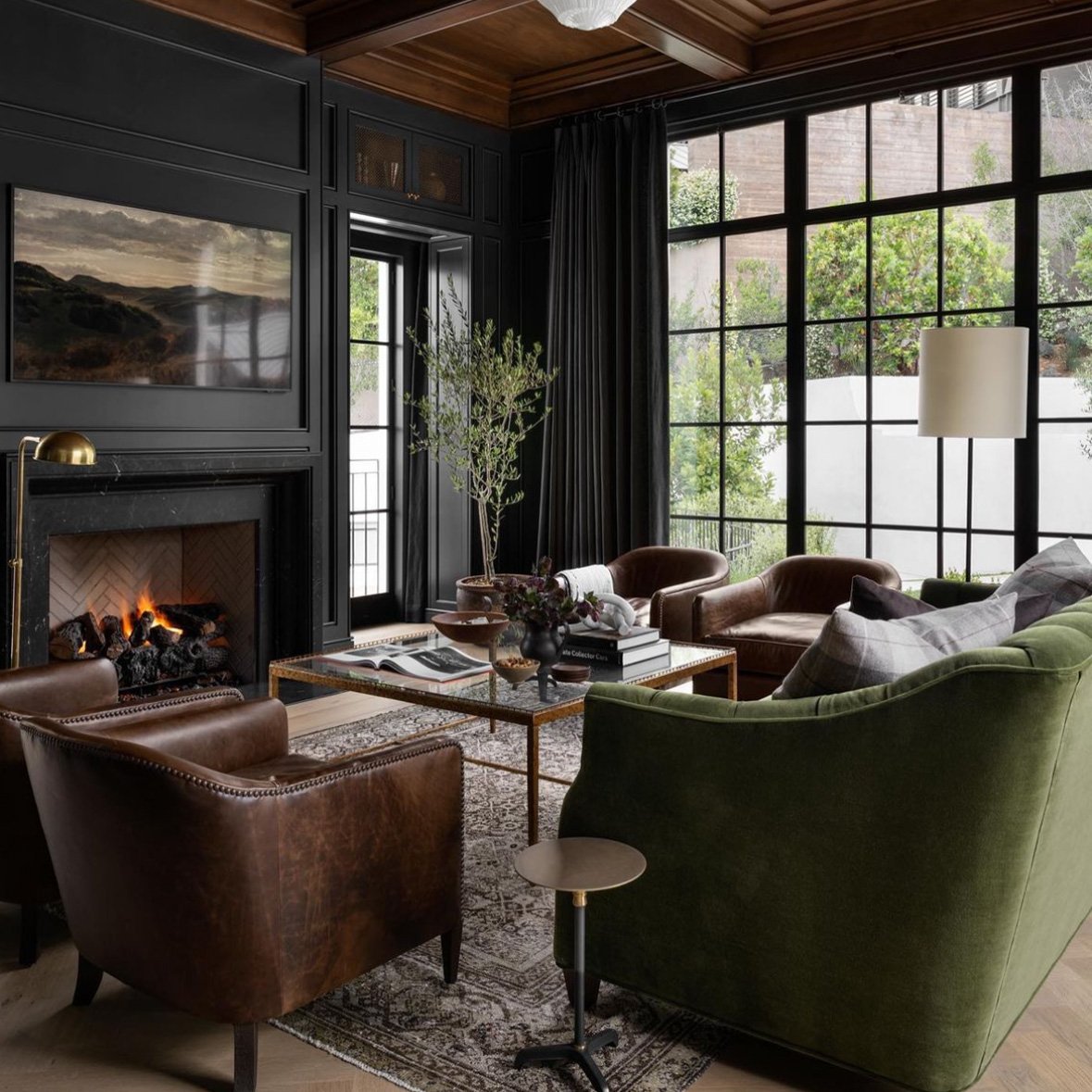
03 Tips for mixing wood tones like a pro
When it comes to your home, there are a number of ways to make it your own. If the goal is a space that feels collected and approachable, mixing wood tones is an easy way to level up your game. With a little bit of know-how, you can create a look that's warm, inviting, and completely your own.
Why it works
Wood is versatile! By incorporating various shades and finishes, you’ll create visual interest and encourage the eye to travel throughout the room. Instead of a flat, one-dimensional look, you’ll end up with a space that is rich and dynamic.
Mixing wood tones has the power to tie multiple design elements together. Blending rich browns with lighter pieces can help create cohesion and balance, removing the rigidity of the styling process. By ditching strict rules from the start, you can fill the space with pieces you love over time, without compromising the design.
Some things to keep in mind:
01 - Start with a neutral base

@blancmarineliving
To keep things from feeling overwhelming, start with a neutral base. Consider using light-colored walls or a large neutral area rug for spaces that have a variety of wood tones. By keeping your foundation neutral, you create a calm, cohesive backdrop for your furniture to shine.
02 - Choose a primary wood

@studiodearborn
This is the tone that will be the most prominent in your space. Using one prominent tone allows the others to stand out.
03 - Add contrast

@devol
Incorporating different shades and finishes is sure to keep things interesting. If your space is made up primarily of lighter woods, mix in some darker pieces as well. Alternatively, if you have a lot of glossy finishes, consider adding some matte or textured woods to balance things out.
Mixing wood tones is just one step in creating a look that feels personal and authentic. Don't be afraid to try new combinations and see what works best in your space.
If you found this post helpful, share with a friend!
Liv xx


